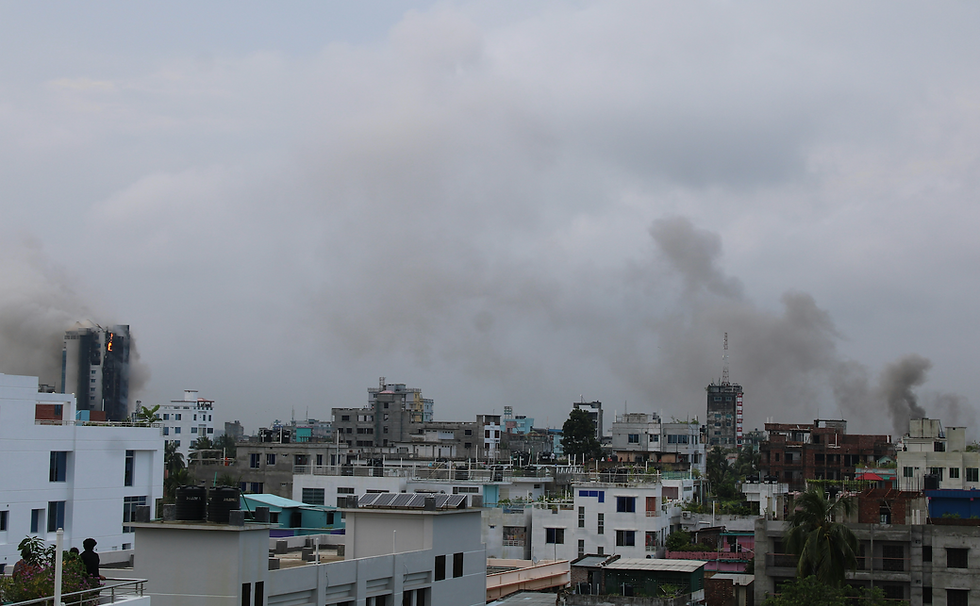Beyond Compensation: The Real Cost of Industrial Negligence
- yakub Pasha
- Jul 5
- 2 min read

The horrific explosion at the Sigachi Industries pharmaceutical unit in Pashamylaram is more than a tragic incident—it is a chilling reminder of systemic apathy toward industrial safety in India’s rapidly expanding chemical corridor. As the death toll climbs to 36, and families wait in anguish for missing loved ones, the gravity of the catastrophe extends beyond charred buildings or hollow political gestures.
Yes, the Telangana government’s ₹1 crore compensation per deceased worker may seem generous. But what price can be placed on a life that was lost not to fate—but to preventable institutional negligence?
Why did a facility housing volatile chemicals not have reinforced safety mechanisms? Why were 143 individuals crammed into a site seemingly unequipped to handle operational risks? Where was the regular safety audit, the emergency response drill, the accountability?
India has witnessed this pattern before—from Bhopal to Vizag—where the script plays out grimly the same: tragedy, media glare, compensation, silence. The real question is this: will this explosion finally ignite institutional reform, or will it fade into another dusty report buried under bureaucracy?
Industrial accidents should not be normalized as collateral damage in the race for economic growth. A pharmaceutical company that cannot assure basic worker safety has no business operating at scale. Regulatory systems must evolve from reactive to preventative. This means public transparency, independent inspections, and serious legal consequences—not just for scapegoats but for top-level executives who turn safety lapses into cost-saving strategies.
The workers who died were not just casualties. They were breadwinners, parents, and dreams in motion. Until India values their lives beyond compensation and truly rewires its industrial safety framework, we will remain a nation mourning after the blast—never preventing it.






Comments